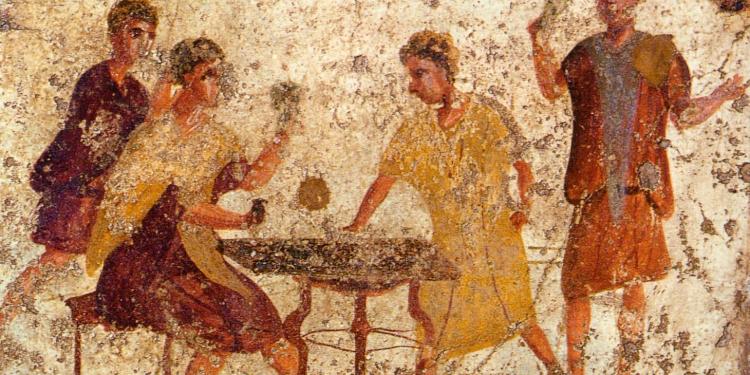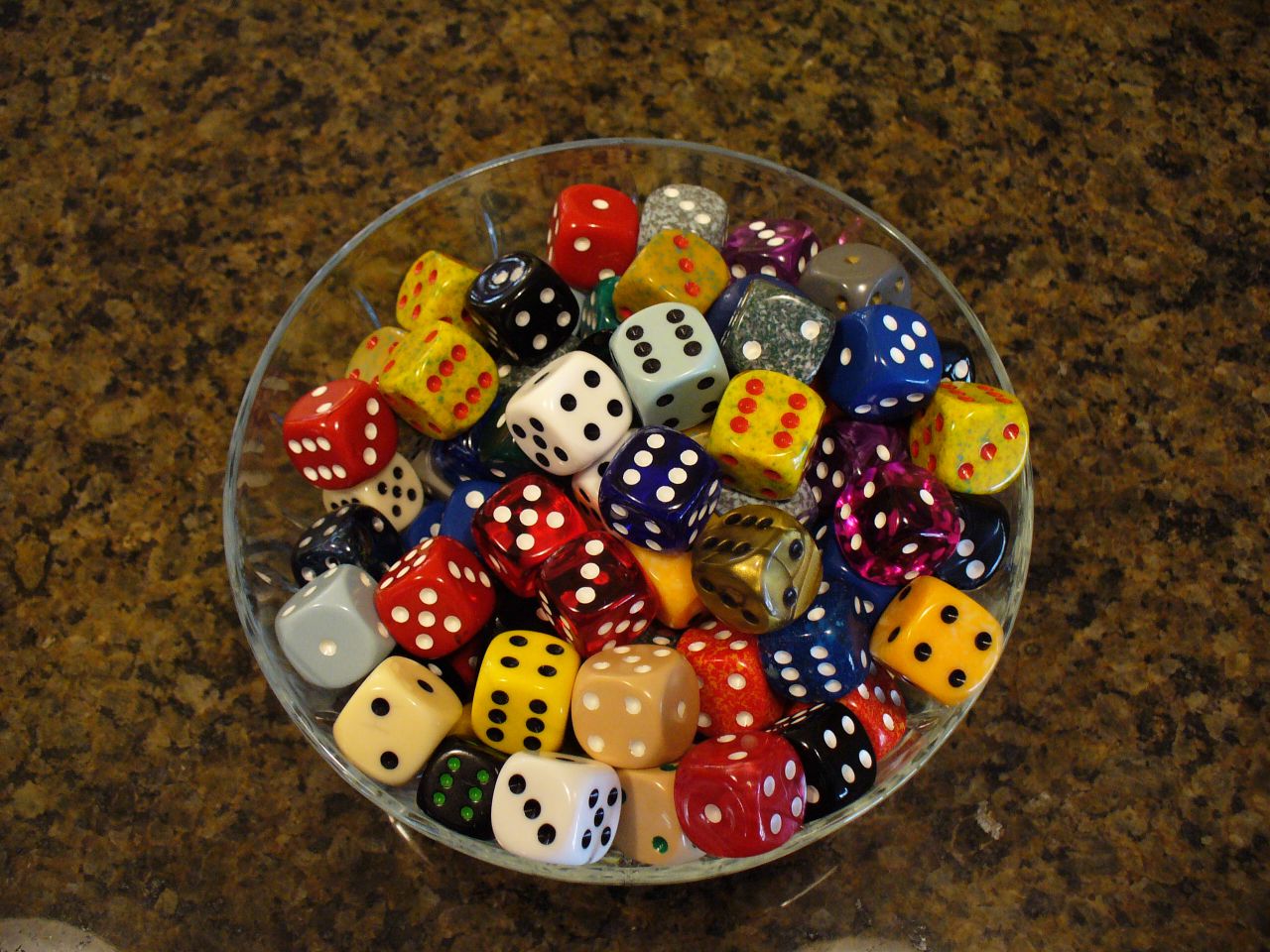A Brief History of Dice: From The Cave To The English Inn
Posted: November 27, 2019
Updated: January 10, 2020
-
Dice were not always cubed shaped
-
The Romans came up with the idea of chance
-
Dice, gambling, drinking and whores

Author: WolfgangRieger [Public domain], via Wikimedia Commons
The brief history of dice goes back a long, long way. Gambling in one form or another has been with us since the beginning of human existence. Recently various scholars have looked into the history of dice, as both a bringer of luck and from an anthropological perceptive.
Introduction: A Brief History Of Dice
The brief history of dice is long and interesting. The Greek poet Sophocles claimed, in 400 BC, that dice were an invention of the Greeks. Probably the earliest dice are from Iran and Iraq and date from around 3000 BC. They were eseentially squared off knuckle bones. We can see evidence of dice depicted in Egyptian tombs dating back as far as 2,000 BC. Dice were in use by many ancient cultures, though not always as a gaming device. Many times the throwing of dice was not to see an outcome due to chance but could involve skill to bring forth a certain prediction. In other words, fortune-telling. The Romans believed that high rolls had associations of felicity and benevolence. You’d get the same warm and fuzzy feeling with Cherry Casino.
Honey I Shrunk The Dice
Ancient dice, as well as many modern ones, have spots to represent numbers. This is because people were playing dice long before numbers were invented. After around 1100 AD, the arrangement of numbers around the dice changed. Before this, the arrangement was called “sevens”, where one and six are on opposite sides, as are three and four, and five and two, meaning each set of sides adds up to seven. After this date, the dice now uses an arrangement called “primes”. One and two are opposite, as are three and four, and five and six: The sets each add up to a different prime number. Also around this same time, dice got smaller, probably to make them easier to hide from the powerful religious authorities. The Chinese played dice by throwing them into pottery bowls. In India, cubed dice appeared during the Harappan era of around 2000 BC.
When In Rome

Throw Down Your Teeth
In the Pre-colonial Americas, dice were two-sided affairs, with one side being smoother than the other. The construction materials made use of fruit pips, (or cherry stones at Cherry Casino), shells, or teeth. Many scholars believe that many American dice games saw their originates from ancient Aztec ceremonies. The fact that many dice were of uneven shape leads us to the idea that perhaps these were not only for games of chance. Instead there needed to be a level of skill in their throwing. Test your skills with this list of online casinos in the UK. Today all casino offer the game of craps, which functions according to the throw of two dice.
A Brief History Of Dice: Dice, Dice, Baby!
One reason we know so much about the history of dice is that we can see them being played as depicted in the painting and drawings from any given period. Caravaggio painted “The Cardsharps,” in 1594. Early Dutch genre painters depicted the playing of both dice and card in the 17th century. Hendrick Ter Brugghen painted “The Gamblers” in 1623. It shows a typical genre painting of a group of men enjoying a game of dice. There are many such bawdy tavern scenes showing gambling with dice, accompanied by drinking and whoring. Interestingly enough, because the games were always raucous and loud, the Algonquin, an indigenous tribe in North America used a word for this. It later entered the English language as “hubbub”












